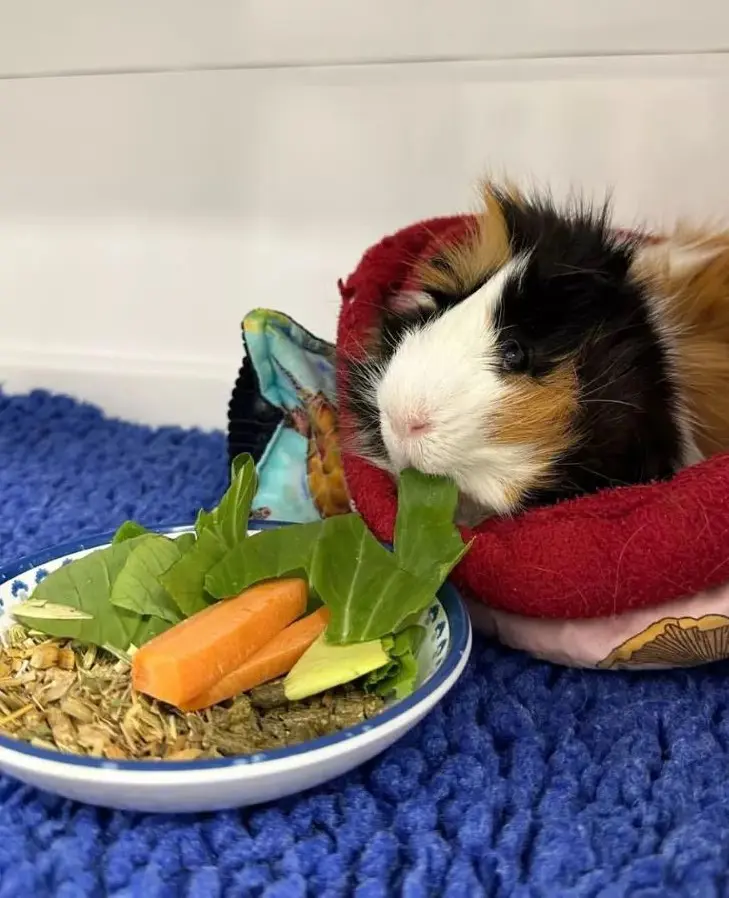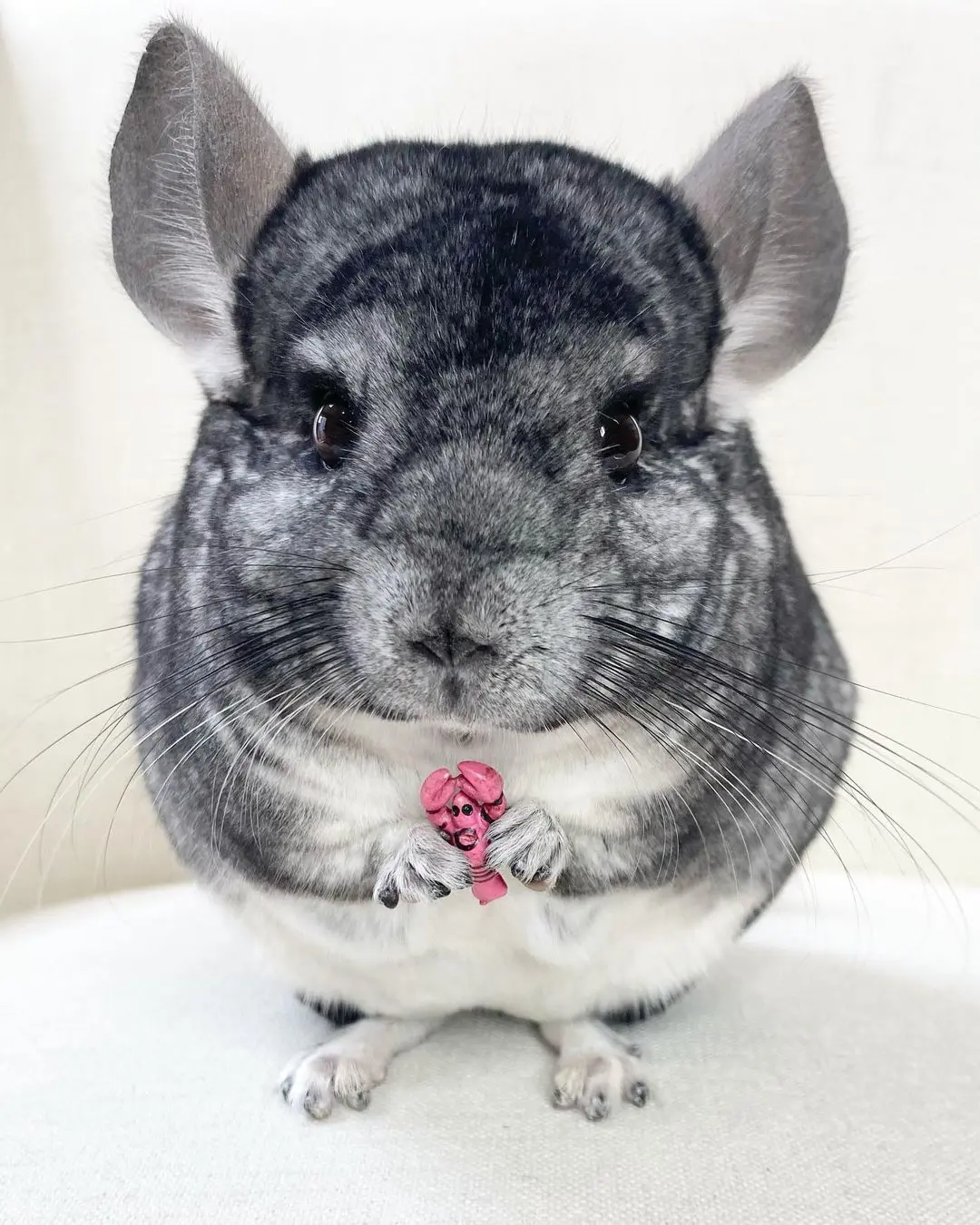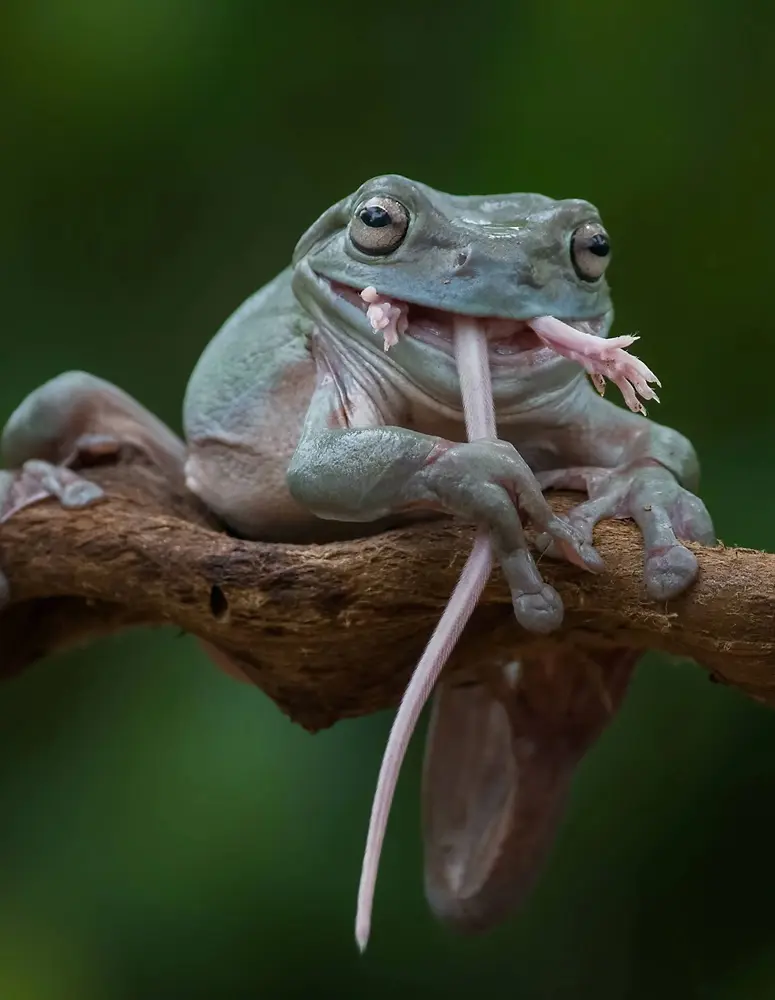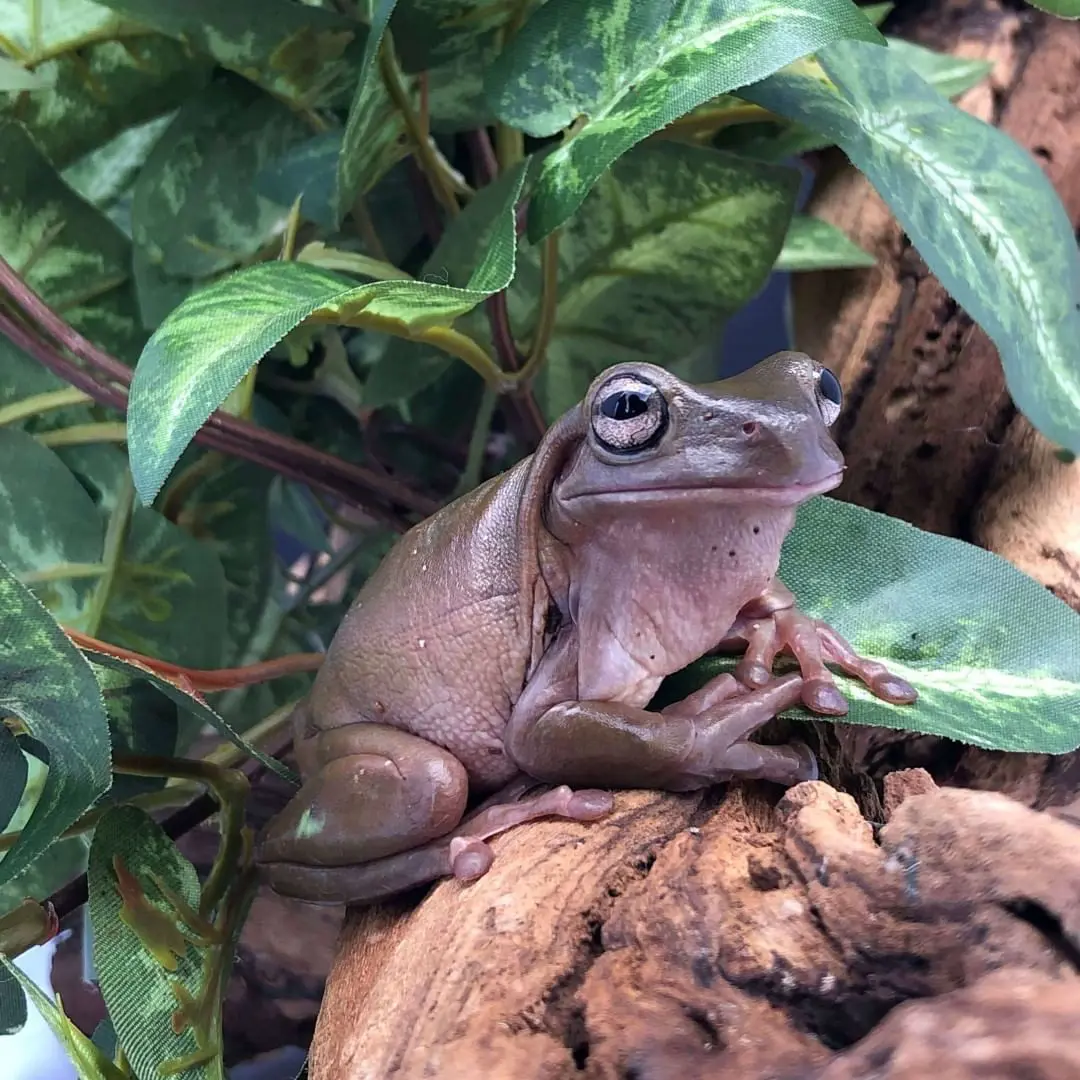Pacman Frogs As Pets
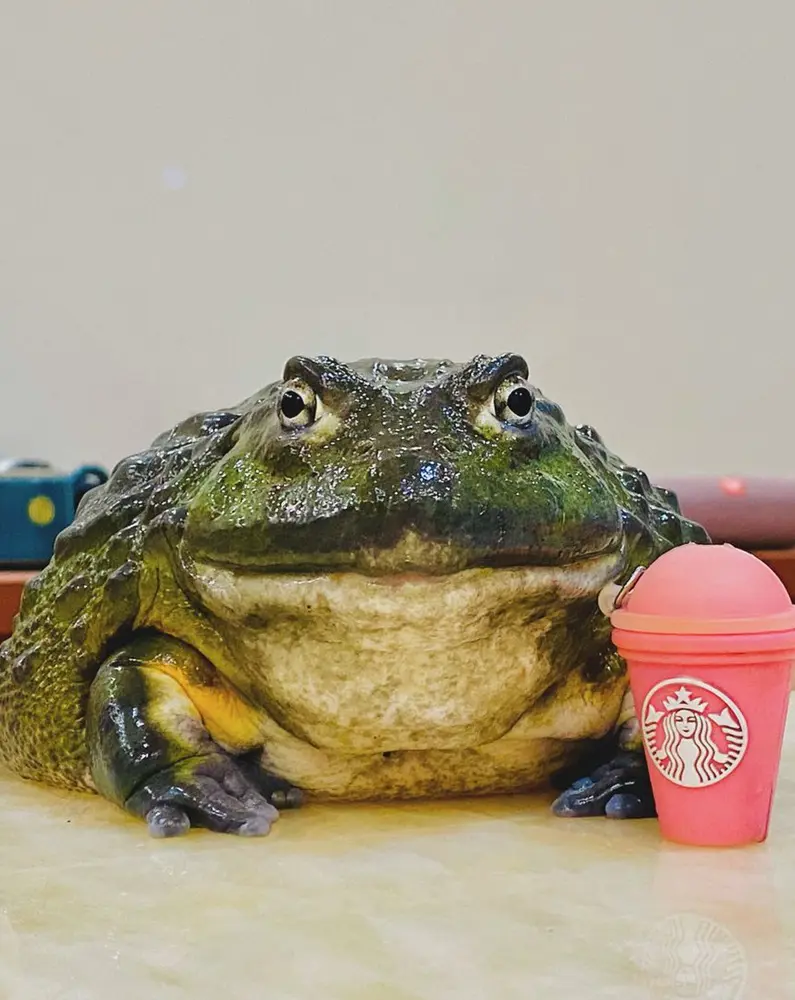
Pacman frogs, named for their wide, gaping mouths that resemble the iconic video game character, are gaining popularity as exotic pets.
Known for their vivid colors and unique appearance, these terrestrial frogs are relatively low maintenance, making them ideal for both novice and experienced amphibian enthusiasts.
With their docile nature and fascinating behaviors, Pacman frogs offer a captivating addition to any home, providing both enjoyment and an educational experience for their caretakers.
Species Overview
- Common Name: Pacman Frog
- Scientific Name: Ceratophrys ornata
- Size: Males: 3–4 inches long; Females: 4–8 inches long
- Appearance: Round, stocky body with a large mouth
- Color: Varied coloration including green, brown, yellow, red, orange, and even albino (pink and yellow)
- Skin: Bumpy with bony protrusions above the eyes, resembling horns
- Habitat: Native to the humid jungles of South America
- Type: Terrestrial frogs that spend most of their time on the forest floor in damp leaf litter
- Lifespan: 10 to 15 years
Additional Characteristics
- Nocturnal: Primarily active at night
- Behavior: Not very active, known to burrow and ambush prey
- Pet Care: Considered relatively easy to care for due to their docile nature and simple habitat needs
Behavior and Temperament:
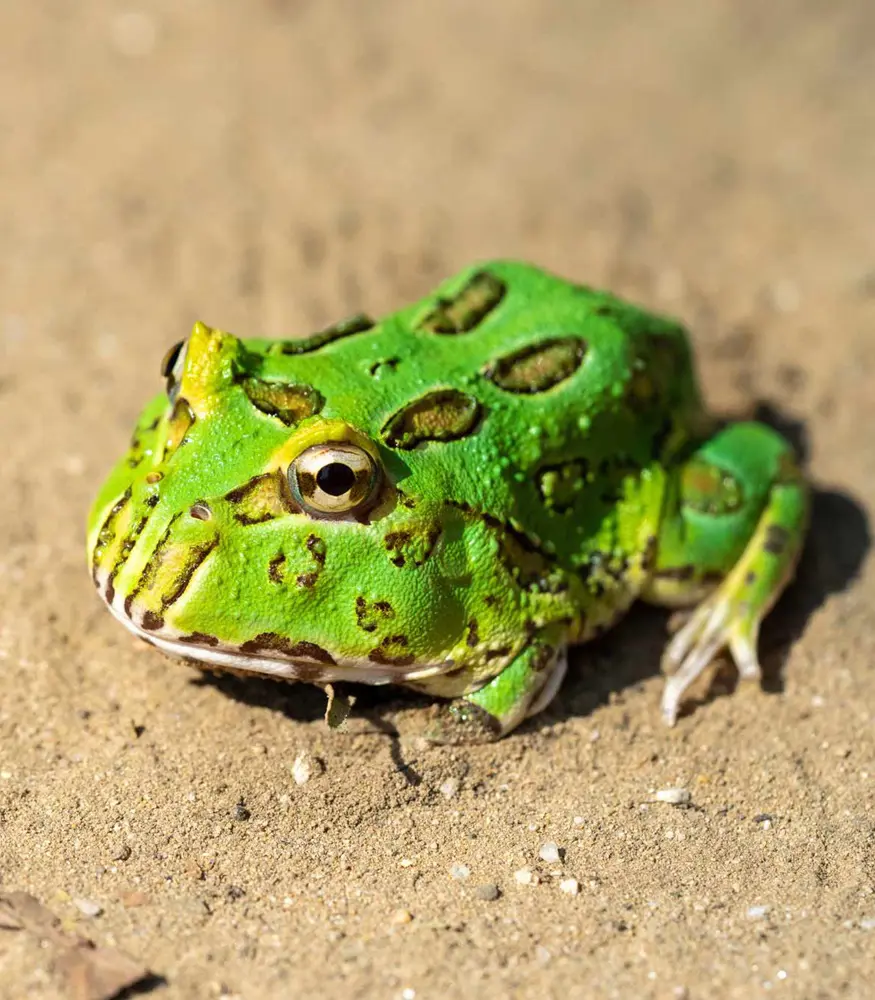
Despite their fearsome appearance, they are relatively docile creatures known for their ambush hunting style. Pacman frogs spend much of their time burrowed in substrate, camouflaging themselves while patiently waiting for prey to pass by.
When hunting, they exhibit lightning-fast strikes, aided by their powerful jaws. Despite their limited mobility, they can display territorial behavior, particularly during feeding. While not particularly social, they tolerate handling well, making them popular pets among amphibian enthusiasts.
Their calm demeanor and low-maintenance requirements make them ideal for beginner reptile keepers seeking an intriguing addition to their collection.
Habitat
Before delving into the specifics of housing, it is essential to understand the natural habitat of Pacman frogs. These amphibians are native to the rainforests of South America, where they inhabit moist, tropical environments. Pacman frogs are primarily terrestrial, spending much of their time burrowed in the substrate or hiding under foliage.
When replicating their natural habitat in captivity, you'll need to consider factors such as temperature, humidity, substrate, hiding spots, and lighting.
Choosing the Right Enclosure
The first step in creating a suitable habitat for your Pacman frog is selecting the right enclosure. A 10 to 20-gallon tank is typically sufficient for one adult frog, though larger tanks offer more space for enrichment activities. Ensure the enclosure has a secure lid to prevent escapes and maintain humidity levels.
Substrate Selection
The substrate plays a vital role in maintaining humidity and providing a comfortable surface for your Pacman frog. Coconut fiber, sphagnum moss, or a mix of both are ideal choices, as they retain moisture well and mimic the frog's natural environment. Avoid substrates that may be ingested and cause impaction, such as gravel or sand.
Maintaining Optimal Temperature and Humidity
Pacman frogs require a warm and humid environment to thrive. The temperature in the enclosure should range between 75°F and 85°F (24°C to 29°C) during the day, with a slight drop at night. This can be achieved using an under-tank heating pad or a low-wattage heat bulb placed over one side of the tank.
Humidity levels should be maintained between 60% and 80%. This can be achieved by misting the enclosure daily with dechlorinated water and providing a shallow water dish for your frog to soak in.
Providing Hiding Spots and Enrichment
Pacman frogs are ambush predators that rely on camouflage and patience to catch their prey. Therefore, it's essential to provide plenty of hiding spots and enrichment opportunities in their enclosure. Decorate the tank with plants, branches, and hides to create a naturalistic environment where your frog can feel secure.
Lighting and Photoperiod
While Pacman frogs are nocturnal and do not require UVB lighting, providing a gentle light source can help establish a day-night cycle and promote natural behaviors. A low-wattage LED or incandescent bulb on a timer can simulate natural lighting patterns without disturbing your frog's sleep.
Feeding and Maintenance
Pacman frogs are voracious eaters and will readily consume a diet of appropriately sized insects, such as crickets, mealworms, and dubia roaches. Dusting prey with calcium and vitamin supplements is essential to prevent nutritional deficiencies.
Regular maintenance of the enclosure is also crucial for your frog's health. Remove uneaten food, and feces, and shed skin promptly to maintain a clean and hygienic environment.
Common Health and Behavioral Issues
While Pacman frogs are relatively hardy amphibians, they are still susceptible to various health and behavioral problems in captivity. By understanding the common issues that can affect these creatures and implementing appropriate preventive measures and interventions, you can help ensure the well-being and longevity of your Pacman frog companion.
Regular observation, proper husbandry, and prompt veterinary care are essential aspects of responsible frog ownership, fostering a healthy and thriving relationship between you and your amphibian friend.
Skin Conditions
Pacman frogs are prone to skin conditions such as dermatitis and fungal infections, often resulting from poor environmental conditions or inadequate husbandry practices.
Symptoms may include redness, swelling, lesions, or abnormal shedding. To prevent skin problems, maintain proper humidity levels (60% to 80%) and ensure a clean substrate free from bacteria and fungi. If skin issues arise, consult a veterinarian experienced in exotic amphibian care for diagnosis and treatment.
Metabolic Bone Disease (MBD)
Metabolic bone disease is a common health concern in captive amphibians, including Pacman frogs. It results from calcium and vitamin D3 deficiencies, leading to weakened bones, deformities, and difficulty moving.
To prevent MBD, provide a balanced diet supplemented with calcium and vitamin D3, and ensure adequate exposure to UVB lighting for proper calcium metabolism. If signs of MBD develop, consult a veterinarian immediately for dietary adjustments and supplementation.
Obesity
Overfeeding and improper diet can lead to obesity in Pacman frogs, causing health complications such as fatty liver disease and decreased mobility.
Feed appropriately sized prey items (e.g., crickets, mealworms) in moderation, considering the frog's size and age. Monitor body condition regularly and adjust feeding frequency as needed to maintain a healthy weight.
Stress-Related Behaviors
Stress can manifest in various behavioral changes in Pacman frogs, including decreased appetite, excessive hiding, lethargy, and aggressive behavior. Common stressors include inadequate habitat conditions, handling, loud noises, and changes in environment or routine.
Minimize stress by providing a secure and enriched habitat with suitable hiding spots, maintaining consistent environmental conditions, and minimizing disturbances.
Parasitic Infections
Pacman frogs are susceptible to parasitic infections such as nematodes, cestodes, and protozoa, which can cause digestive disturbances, weight loss, lethargy, and other health issues.
Prevent parasitic infections by maintaining a clean and hygienic enclosure, providing clean water, and feeding prey from reputable sources. If parasitic infection is suspected, consult a veterinarian for proper diagnosis and treatment with antiparasitic medications.
Respiratory Infections
Respiratory infections, characterized by symptoms like labored breathing, wheezing, coughing, and excess mucus production, can occur due to environmental stressors, poor husbandry, or bacterial or fungal pathogens.
Ensure proper ventilation and humidity levels in the enclosure, maintain clean substrate and water, and provide appropriate temperature gradients. If respiratory symptoms persist, seek veterinary attention for diagnosis and treatment with antibiotics or antifungal medications.
Before Choosing a Pacman Frog
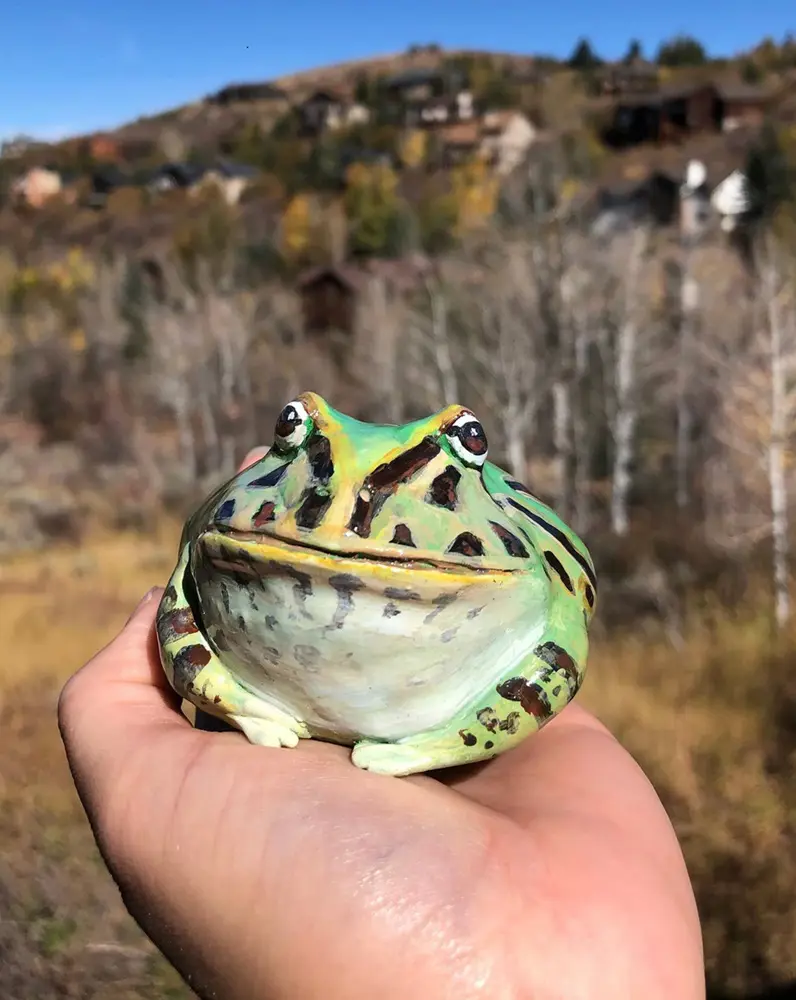
Commitment and Lifespan
Pacman frogs can live for 6 to 10 years or more in captivity, so acquiring one requires a long-term commitment. Ensure that you're prepared to provide consistent care and attention throughout their lifespan.
Space and Enclosure
Consider the space available in your home for housing a Pacman frog. While they don't require a significant amount of space, you'll need an appropriately sized enclosure with adequate heating, lighting, and humidity control.
Budget
Factor in the initial setup costs, including the enclosure, substrate, heating, lighting, and other essential supplies. Additionally, consider ongoing expenses such as food, supplements, and potential veterinary care.
Experience Level
Pacman frogs are considered beginner-friendly pets due to their relatively straightforward care requirements. However, it's essential to educate yourself about their needs and behavior before bringing one home, especially if you're new to amphibian keeping.
Top Lists


